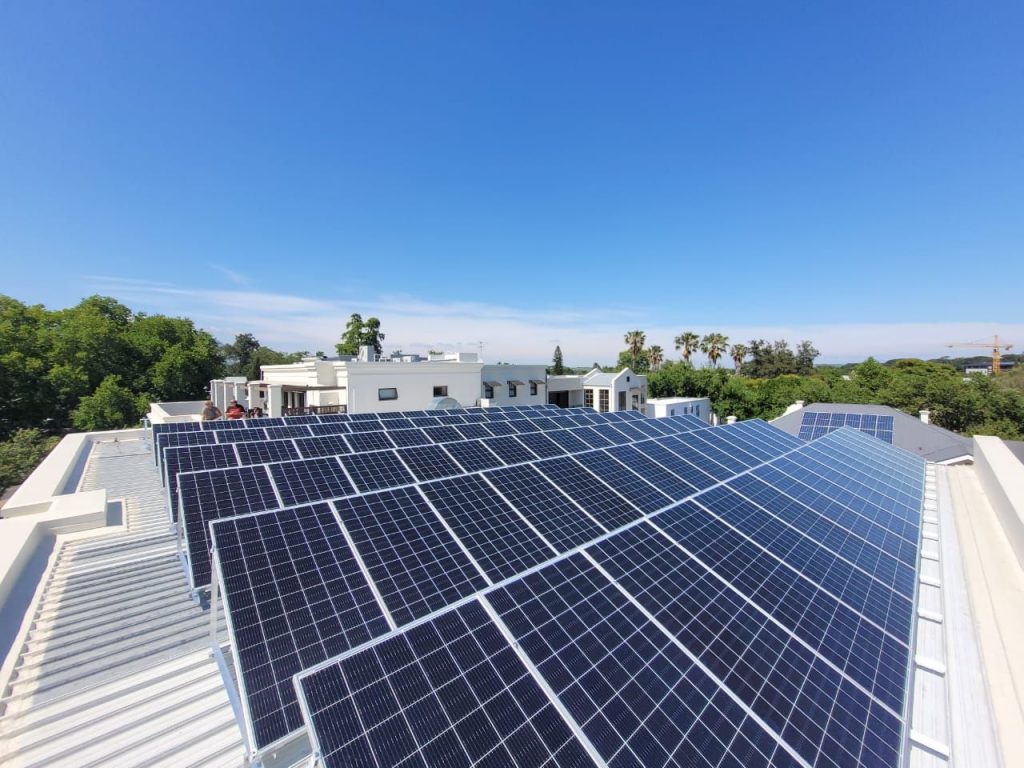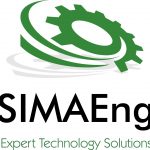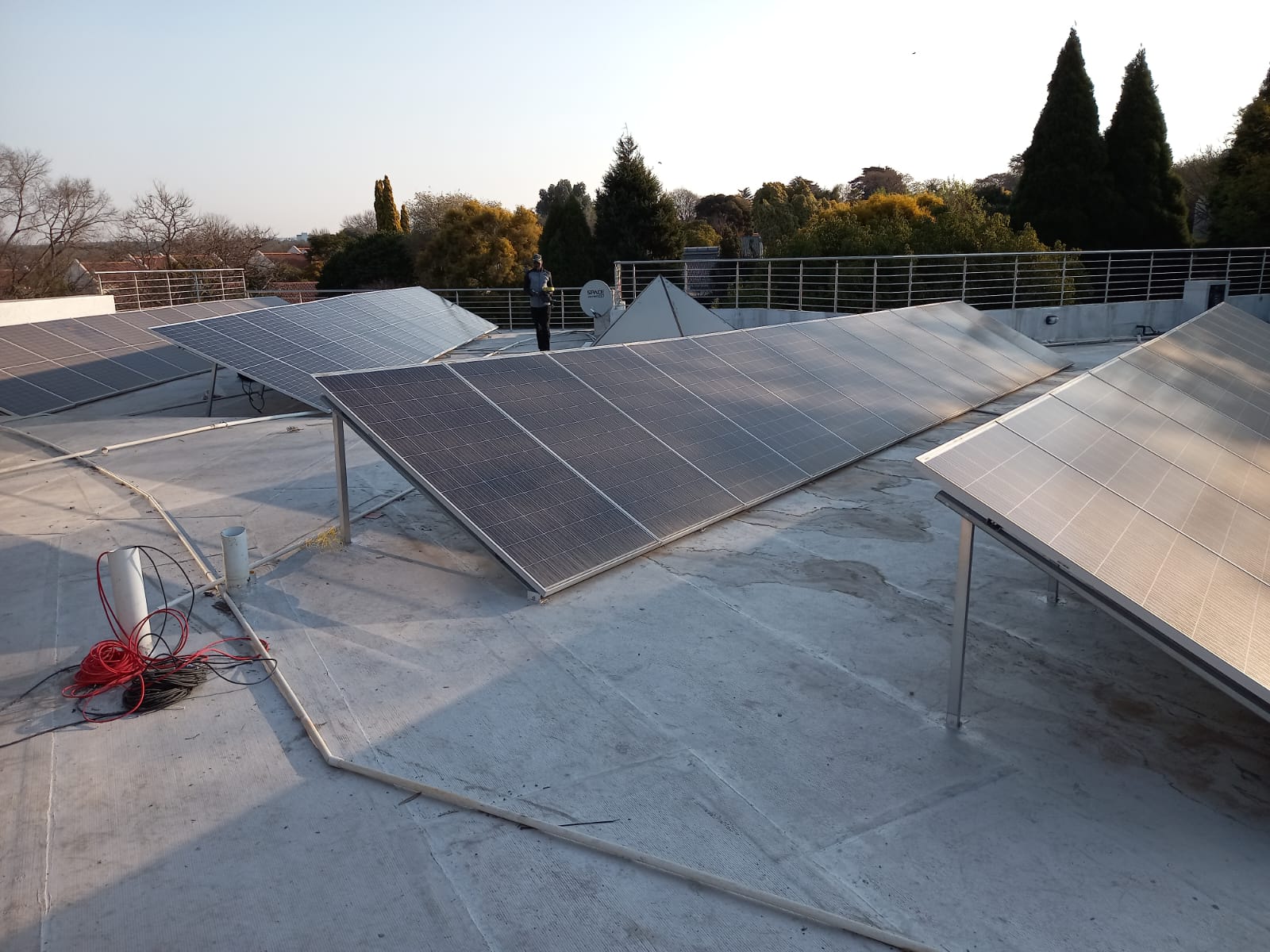Correct elements for a successful solar power system!
Make sure you have the correct 7 elements for solar power system that runs smoothly! This article provides you with the seven key elements to make your solar power project a success.

More and more homeowners around the world choose to install solar power generation systems (Solar Panel System). Their motivation is to reduce energy costs in the long-term while minimizing their carbon footprint. Clean, renewable and affordable solar energy is clearly the energy of the future, as evidenced by rapid growth in North America, Europe, China and even India.
Solar power: The Elements of Solar Power System
One of the many questions a newbie has when embarking on a brand-new home DIY solar energy project is, “What component parts do I need to finish my solar power project?” Although many DIY solar power installations are constructed utilizing secondhand parts from the internet as people attempt to enhance their PV system, the seven components of your solar power system don’t need to be expensive or difficult to locate.
However it helps to have a top quality solar guide that will lead you through every step of creating, installing, and setting up your own home solar system before you start buying or connecting the various component parts on your roof.
learn more about 7 Elements of Solar Power System
- solar panels
Photovoltaic solar panels are often constructed by the homeowner from individual components available in their garage or workshop for home installation and DIY solar power systems. Nevertheless, you can buy inexpensive photovoltaic cells online and put them together to create 80W, 100W, or 120W full solar panels.
There are several commercially available panels to pick from if you don’t have the time or expertise to build a solar panel from the ground up. After constructed, individual solar panels are connected to create bigger solar arrays. - Loss of Solar Power System
Disconnects for solar power systems are essentially simple electrical switches, but they are a crucial component of the system. If any maintenance is necessary or if there is a problem with the solar system, you may use it to disconnect and shut off the DC power output from your solar panels and array. On a sunny day, the complete power output from the panels must be handled by this disconnect switch. - Charging controller for batteries
The majority of household solar systems come with a battery backup for times when the sun doesn’t shine, such overcast days or at night. The battery charge controller makes sure that the batteries receive a steady supply of electricity so that they don’t become overcharged and so that the backup batteries don’t discharge back into the system at night. This part is identical to your car’s battery charger in many aspects, so it won’t cost much. - Storage for Deep Cycle Batteries
Your solar system will require deep cycle batteries to store the solar energy produced by your solar panels and keep the lights on throughout the night. Automotive batteries with shallow charge and thinner lead plates are not the same as deep cycle batteries. For solar systems, deep cycle storage batteries are more durable and created for the kind of charging and discharging cycles they must withstand. Reconditioned batteries are less costly than new deep cycle batteries. Even better, you might be able to acquire free old dead batteries that were formerly used in electric buggies, golf carts, and fork trucks. - System Metering Power Systems
A solar power meter may be optional, but it is included here since having one will make it plain to you how much free solar power is coming from your solar panels to your house. A system power meter has the added benefit of letting your neighbors know how much money your solar system is saving you while also assisting you in optimizing your system to get the most out of your solar installation. - Inverter for Solar Power Systems. The solar power inverter turns the DC solar energy from the photovoltaic panels into useable 115, 220, or 240V AC electrical energy in the home by delivering the DC to AC conversion utilizing electronic switching techniques. Your solar panels create DC power, but your home is powered by mains AC. Practically speaking, an inverter enables you to use most other mains electrical items that can be plugged into the wall sockets of your solar panels, including electric drills, computers, vacuum cleaners, lamps, and mains illumination. Today’s market is flooded with square wave, sine wave modified wave inverters, but a high-quality 1200W sine wave inverter is probably just going to set you back a few hundred bucks.
- Resilient Power at times when the sun is not shining and the storage batteries are depleted, some kind of backup power may be needed. Most systems will have some kind of power reserve. This would typically be a diesel generator in a stand-alone system. With a grid-tied arrangement, the inverter would draw backup power from the utility grid itself. Yet as part of a small hydro system, a windmill or a water wheel may also be used as a backup power source. Hence, whether you purchase pre-made commercial solar panels or construct your own solar panels from start, harnessing solar energy to power your house may be simpler than you think. You may even sell any extra power you produce using a system connected to the grid.
Solar power is becoming more and more popular, but it’s important to remember the basics before starting your project. This guide will show you everything you need to know about selecting the right solar energy system! Hope the 7 Elements of Solar Power helps you maintain a great system.

